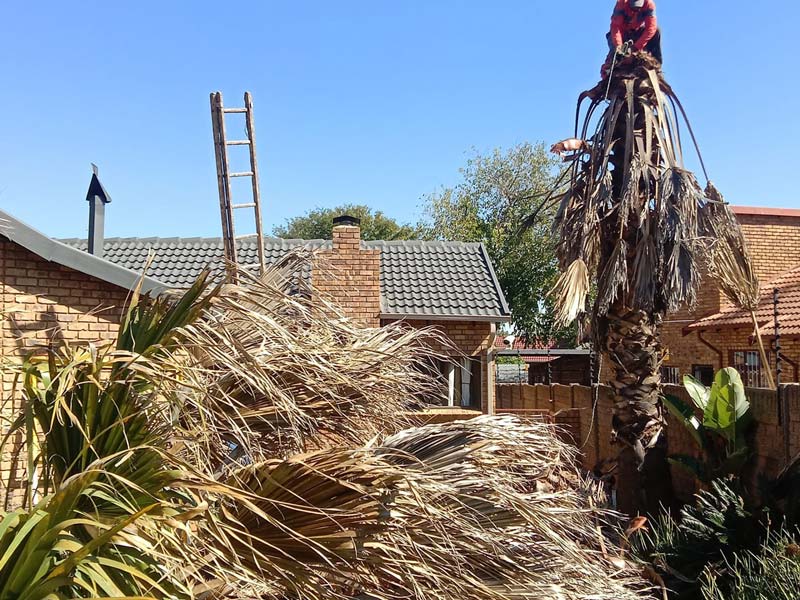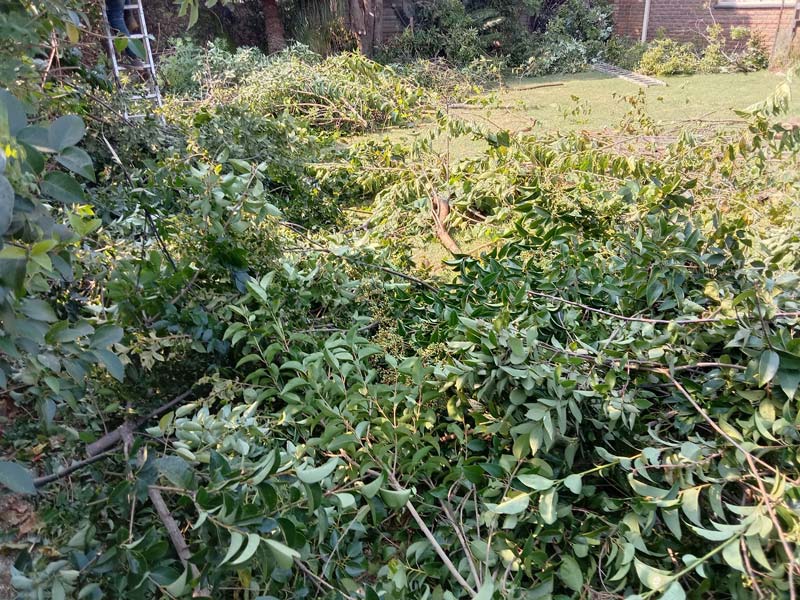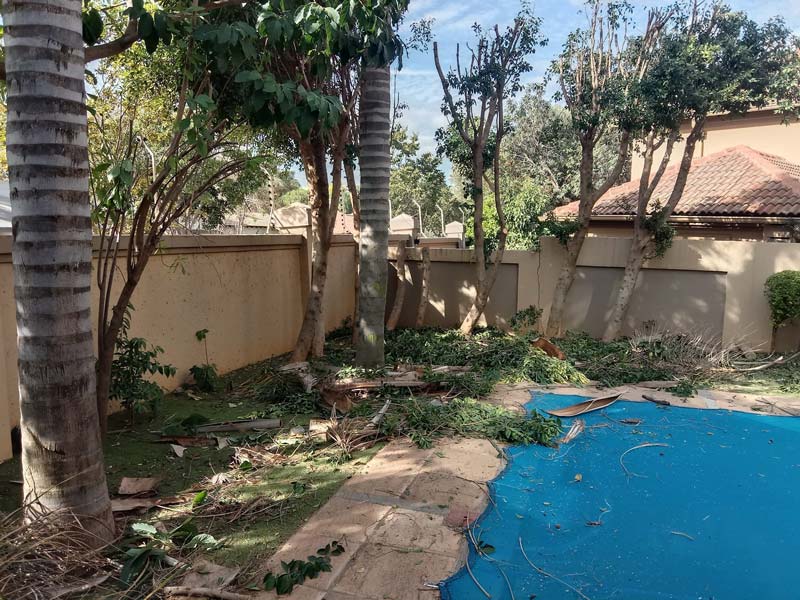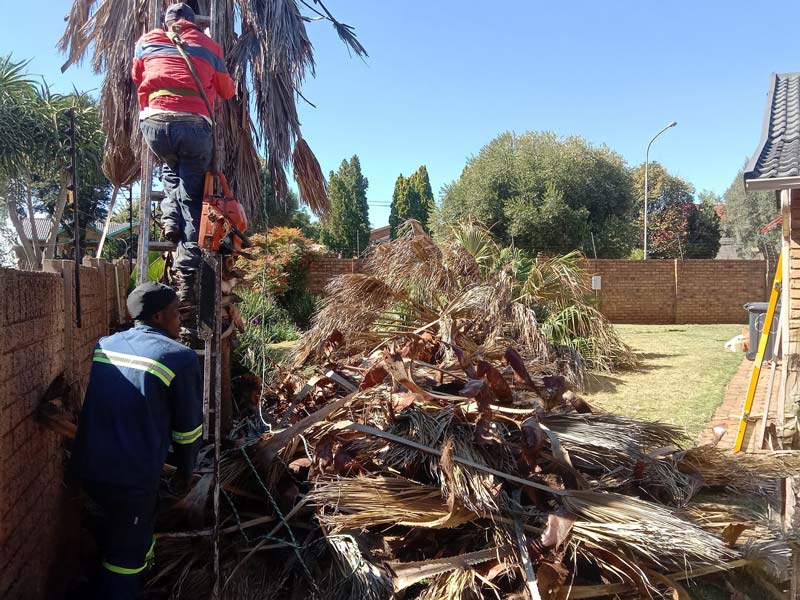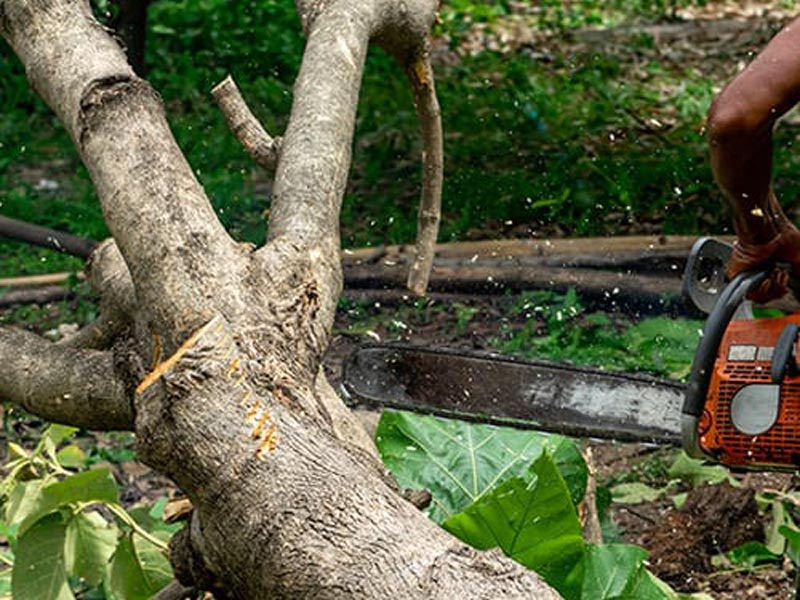In Pretoria East, tree owners are responsible for trimming overhanging boundary branches, as they must ensure compliance with local regulations and maintain their trees regularly. Neighbours have the right to trim branches encroaching onto their property but should notify tree owners in advance. Open communication is essential for avoiding disputes and promoting good neighbourly relations. Understanding local bylaws and permits related to tree management can prevent legal issues. There are various aspects to take into account before undertaking tree maintenance.
Legal Responsibilities of Tree Owners
In relation to tree ownership, individuals must recognise their legal responsibilities, particularly regarding the safety and maintenance of their trees. Tree owners have an obligation to perform regular inspections and maintenance to prevent hazards, such as overhanging branches that could damage property or cause injuries. Compliance with the National Forests Act and local bylaws is vital, as failure to maintain trees can lead to ownership liabilities, including fines or legal action. Seeking professional help for tree maintenance guarantees adherence to regulations, promotes safety within the community, and encourages responsible ownership. Emergency tree removal services prioritise these responsibilities, improving both individual properties and overall neighbourhood well-being. Moreover, the use of safe dismantling techniques ensures that tree removal operations are conducted with minimal risk to surrounding structures and the environment.
Rights of Neighbours to Trim
Neighbours possess trimming rights, allowing them to cut overhanging branches up to their property line. This legal entitlement also extends to removing invading roots, though care must be taken to avoid crossing the boundary, which could lead to neighbour disputes or liability for damages. Importantly, cuttings remain the property of the tree owner, and disposal costs may be claimed if the owner refuses collection. Open communication is essential to preventing tensions, encouraging amicable resolutions, and maintaining harmonious neighbourly relations. Moreover, the owner of the tree is responsible for any overhang, which underscores the importance of clarity on property boundaries. Regular assessments of targeted cutting can help ensure that tree health and safety are maintained, benefiting both parties.
Procedures for Notifying Neighbours
When addressing tree trimming that may affect neighbours, a clear and structured notification process is essential. Effective communication nurtures good relationships and minimises disputes. Notification methods should include written notices, supplemented by phone calls or in-person discussions, guaranteeing clarity and record-keeping.
| Notification Component | Details | Best Practices |
|---|---|---|
| Timing | Notify at least two weeks in advance | Provide a clear timeline |
| Content | Specify branches affected and potential impacts | Offer contact information |
| Response | Encourage neighbours to voice concerns | Arrange follow-ups before work begins |
Such procedures guarantee compliance and promote harmony within the community. Additionally, keeping neighbours informed about safety measures can help alleviate any concerns regarding the trimming process.
Permits and Regulations for Boundary Structures
Permits and regulations governing boundary structures are essential considerations for property owners. Local authorities in Pretoria East enforce these rules, requiring proper construction permits before erecting boundary walls or fences.
Key regulations include:
- Compliance with height limits dictated by municipal by-laws.
- Submission of detailed plans showing boundary lines and intended structures.
- Neighbour consent may be necessary, depending on zoning laws.
Failure to adhere to these guidelines may result in fines or mandatory removal of unauthorised structures.
Homeowners should prioritise obtaining the necessary permits to guarantee that their boundary structures align with regional regulations and maintain community standards.
Resolving Disputes Amicably
Effective resolution of disputes over boundary issues, such as overhanging branches, often begins with open channels of communication between neighbours.
Engaging in early dialogue allows parties to express their concerns and seek mutually agreeable solutions without escalating tensions.
When informal discussions fail, mediation and negotiation options can provide structured pathways to amicable resolutions, encouraging cooperation and preserving neighbourhood relationships.
Open Communication Channels
Establishing clear communication channels is critical for effectively addressing disputes related to overhanging branches between neighbours. This encourages effective dialogue and promotes neighbourly cooperation, essential for amicable resolutions.
Key strategies include:
- Scheduling regular updates to maintain engagement and awareness of tree maintenance.
- Designating specific contacts for clarifying responsibilities regarding boundary trimming.
- Documenting agreements to provide reference points that minimise future conflicts.
Mediation and Negotiation Options
While disputes involving overhanging branches can create tension among neighbours, mediation and negotiation present beneficial pathways to resolution.
Mediation techniques promote a confidential environment where parties can express concerns, clearing the path for comprehension. Effective negotiation tactics, such as proposing compromises on maintenance costs or scheduling, encourage cooperation between neighbours.
Furthermore, utilising trained mediators can help manage emotions and facilitate productive dialogues. By embracing these approaches, conflicts can be resolved amicably and efficiently, preserving relationships and avoiding the adversities associated with litigation.
It is essential for neighbours to contemplate these options before resorting to legal actions.
Legal Remedies for Encroachment Damage
When overhanging branches or encroaching roots from a neighbour’s tree cause damage or nuisance, affected property owners have a range of legal remedies available to address the issue.
These remedies can include:
- Formal requests for the removal of encroachments to the tree owner.
- Legal action to compel removal through court applications if necessary.
- Possible cost recovery for unauthorised removal of overhanging parts.
Affected neighbours should first attempt amicable solutions, as legal proceedings can escalate disputes.
It is crucial to comprehend encroachment remedies and nuisance claims, ensuring that rights are upheld while promoting community harmony.
Proper communication remains essential throughout this process.
Practical Considerations for Tree Management
Practical considerations for tree management encompass a variety of aspects that property owners should address to guarantee both safety and ideal tree health.
It is important for homeowners to comprehend their responsibility for trimming overhanging branches, ideally collaborating with neighbours to manage shared boundaries amicably. In many cases, professional arborists are recommended for effective trimming techniques, ensuring branches are removed safely and correctly to avoid damage. Moreover, professional tree cutting services during specific seasons supports tree health and minimises stress. Regular assessments can also help maintain a safe environment, preventing potential hazards to properties and ensuring strong growth for the trees.
Local Building Guidelines in Pretoria East
In Pretoria East, local building guidelines play an essential role in ensuring safety and compliance during construction projects.
Permit requirements must be understood, as they dictate the necessity for submitting detailed building plans for municipal approval.
Furthermore, regulations regarding boundary structures are enforced to protect both properties and public spaces, making adherence to these guidelines vital for homeowners and builders alike.
Permit Requirements Explained
Grasping the permit requirements for trimming overhanging boundary branches is crucial for homeowners in Pretoria East. Adhering to local municipal regulations can prevent legal disputes and promote tree preservation.
Homeowners should be aware of the following:
- A permit application may be needed for trimming protected trees or those on council land.
- Consent from neighbours is required if trimming impacts tree health or extends beyond property lines.
- Emergency situations allow for immediate trimming, typically coordinated with professionals. Additionally, understanding tree felling processes can help ensure that any trimming or removal is executed safely and responsibly.
Consulting the local city council guarantees comprehension of specific guidelines, nurturing community harmony and supporting responsible tree management in the area.
Boundary Structure Regulations
Grasping boundary structure regulations is crucial for homeowners in Pretoria East, particularly regarding managing overhanging branches and property lines.
Boundary ownership and correct fence maintenance are fundamental to avoid disputes between neighbours. Property boundaries must be strictly adhered to when constructing fences or walls, as deviations can lead to shared ownership confusion.
Homeowners should note that maintenance costs for shared boundaries are often divided, promoting neighbourly cooperation. Local authorities may intervene in severe disputes, but comprehending these regulations enables residents to manage their properties effectively.
For further guidance, consulting with a local expert can guarantee compliance and harmony in neighbourhood relations.
